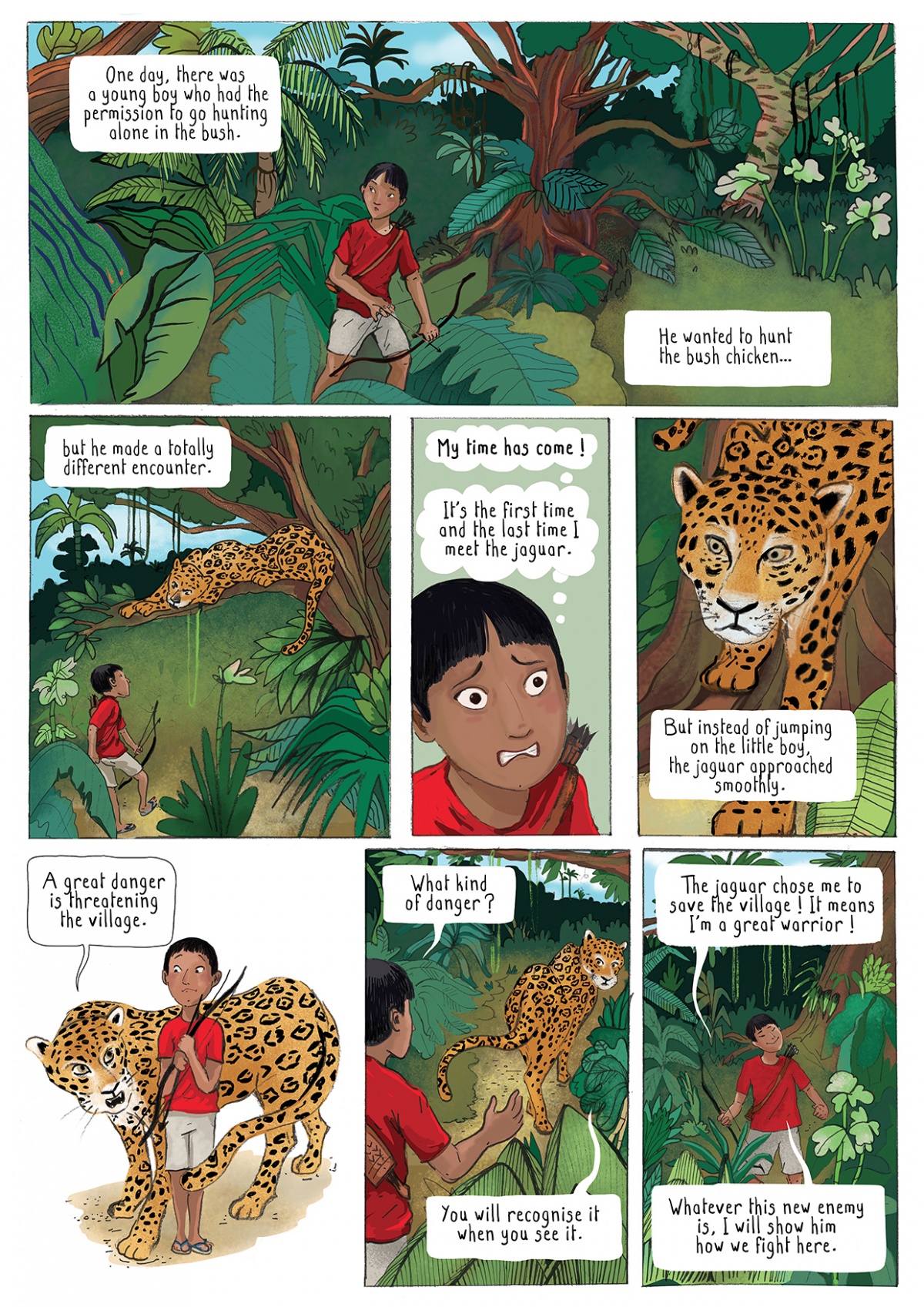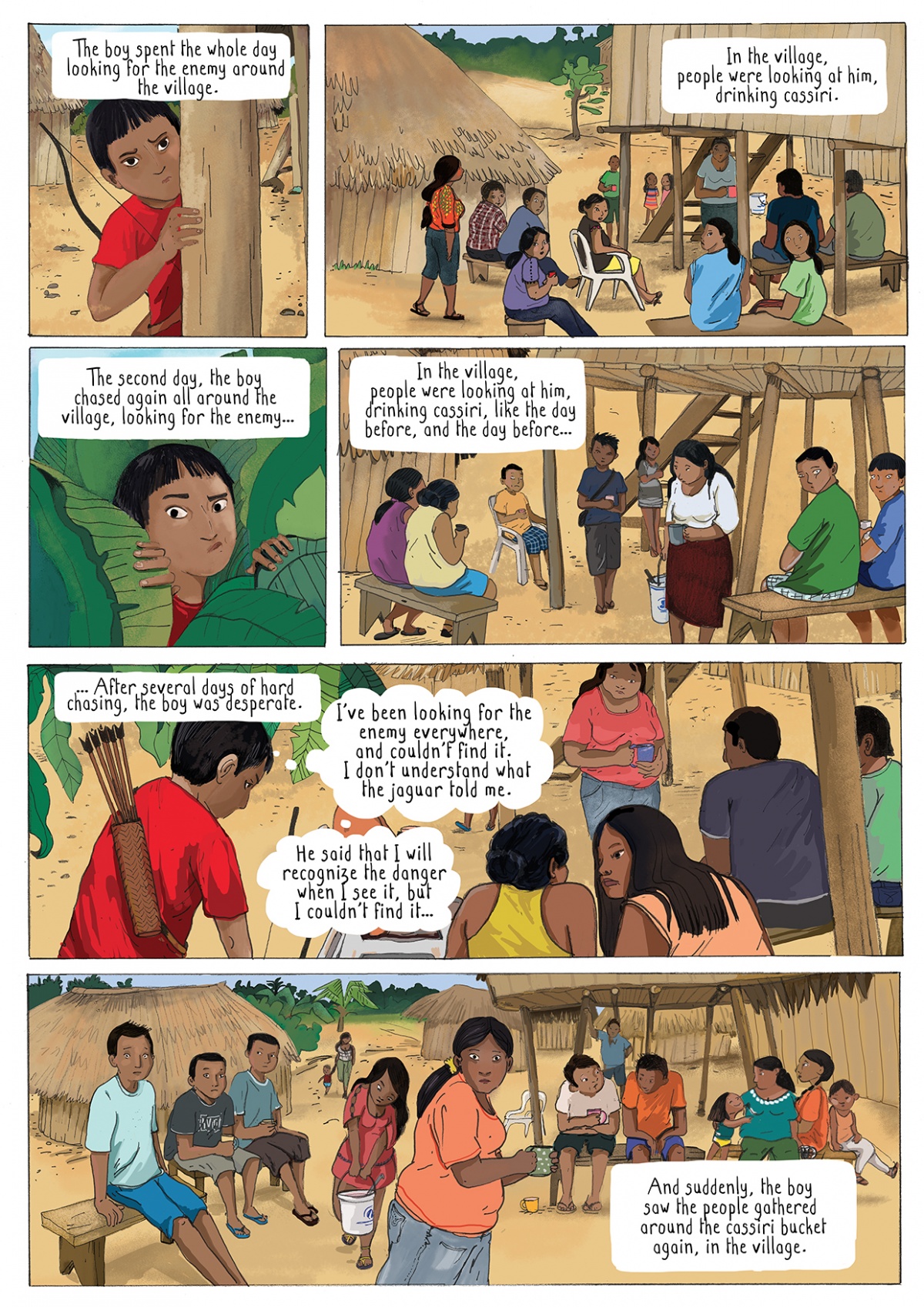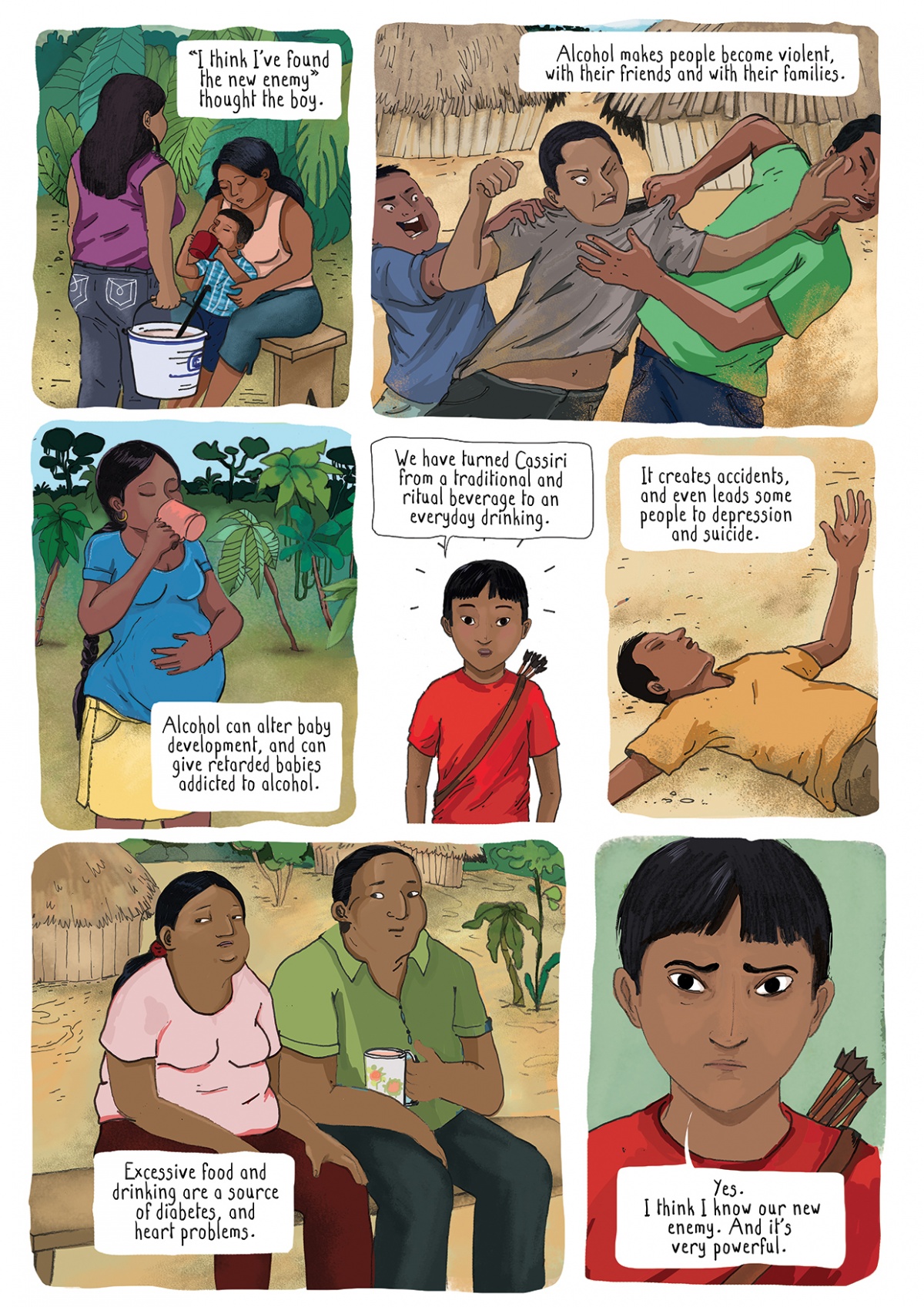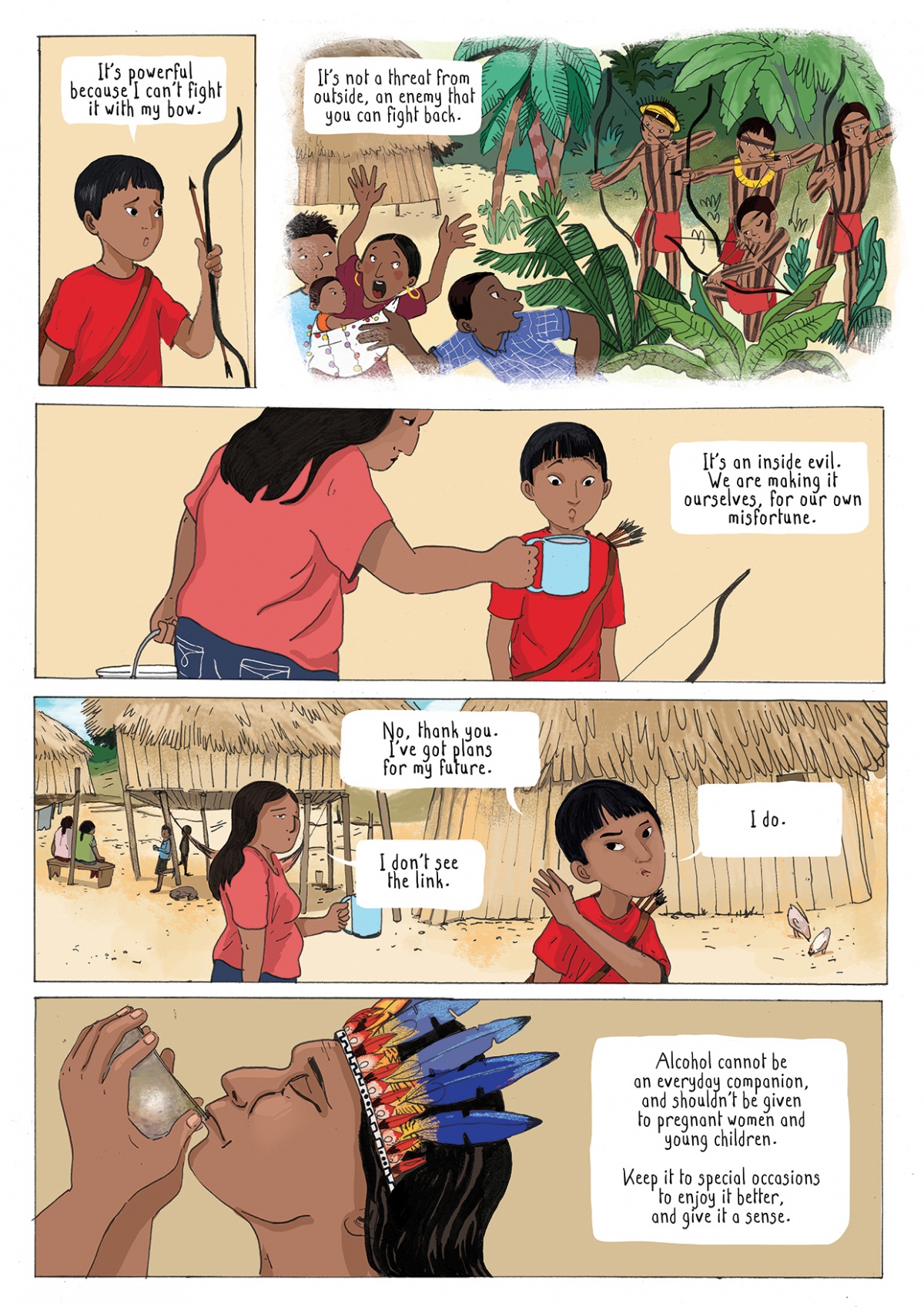Know your enemy: a project on alcoholism with the Kwamala Indians
When Wilfrid Lupano, Mayana Itoïz and Laure Garancher arrived in the village of Kwamalasamutu, in the far south of Suriname, on a test mission for the World Health Organization, they were expecting to work with local people on malaria prevention.
Immersion as a methodology
Surprisingly, after a day and a half of working group discussions, it became clear that malaria was no longer a major problem in the region, having been well taken care of by the local medical mission. On the other hand, the village is plagued by a no less formidable curse: alcoholism.
They soon discovered that local production of the kassiri, a fermented cassava-based beverage, had taken off thanks to the advent of electric cassava grinders. From the afternoon onwards, the whole village drinks in improvised open-air pubs. They see pregnant women, children, mothers giving it to their babies...
Cautiously, during work sessions with volunteer members of the village, they broach the subject: isn't this a theme we should be talking about?
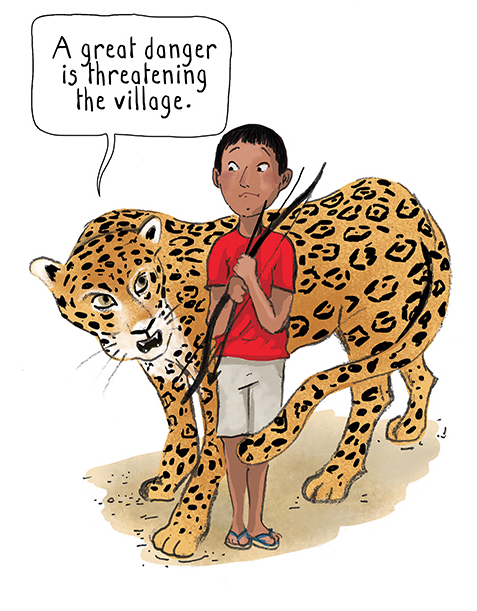
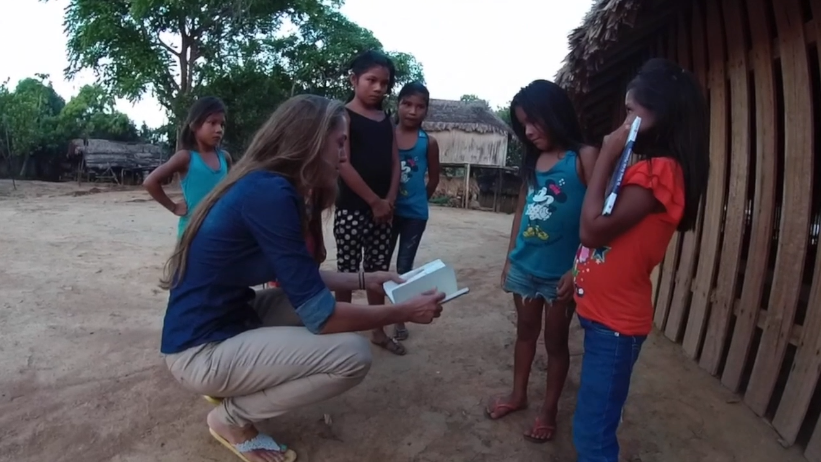
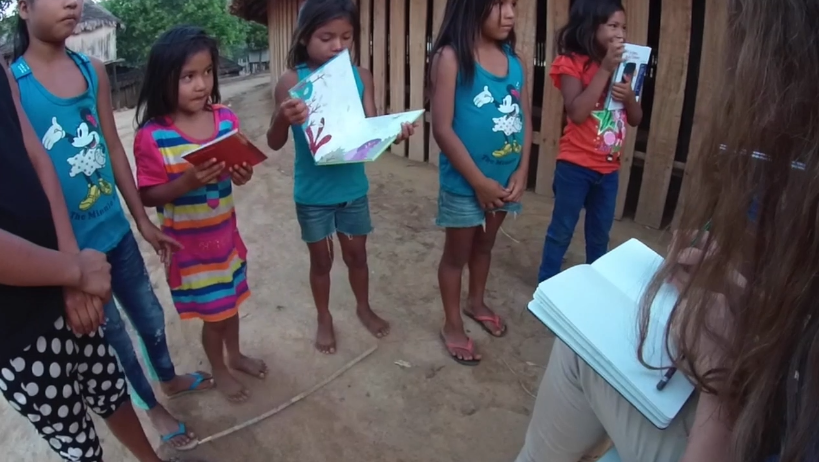
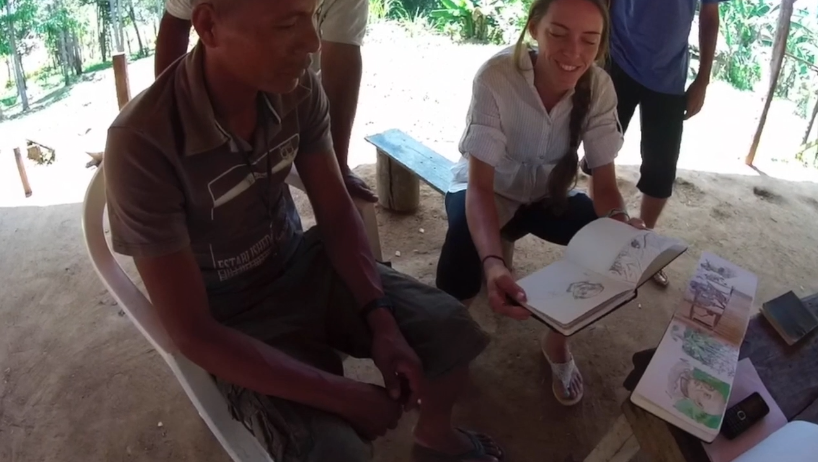
Sensitivity management
The reaction was not long in coming. While no one mentioned alcoholism when they asked about the main health problems in the village, people are starting to share their stories. The chief admits he has lost the battle against the habit. His authority is flouted. Fights, comas and accidents now punctuate the village life. Some of the youngsters even tried to shoot him one night when they got drunk!
But the subject is a delicate one. Originally, the kassiri was a sacred drink, so there was no question of banning it. In the end, everyone agreed that the artists should tackle this issue in their project. How can they talk about this issue without offending sensitivities and traditions? The testimony of one of the village's two servicemen will give them the direction they need.
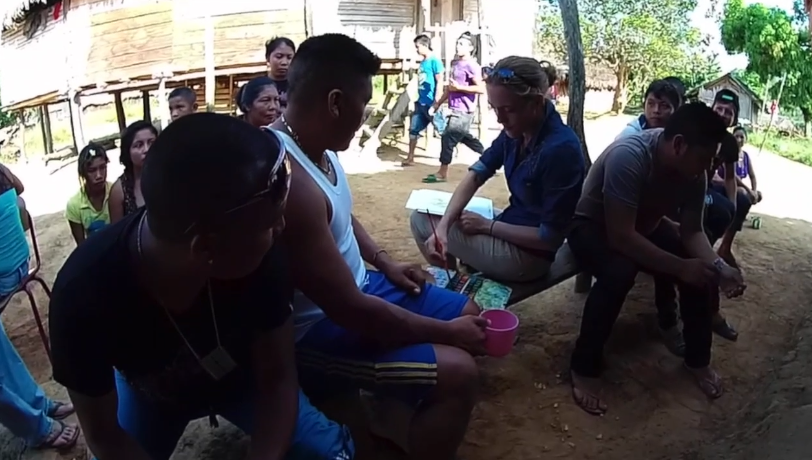
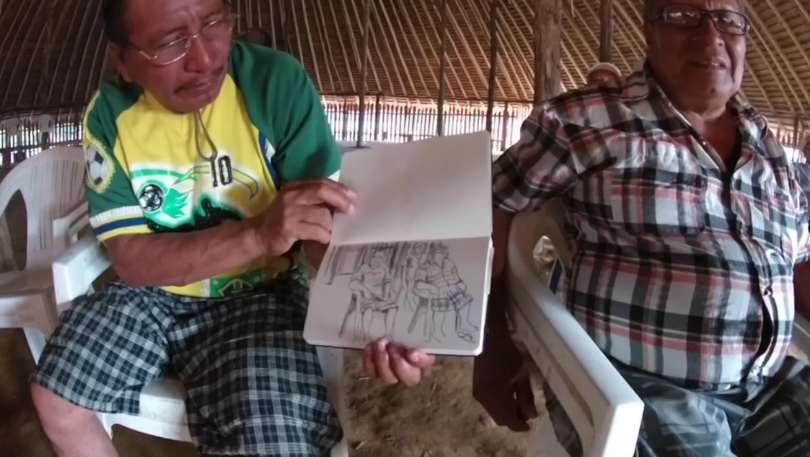
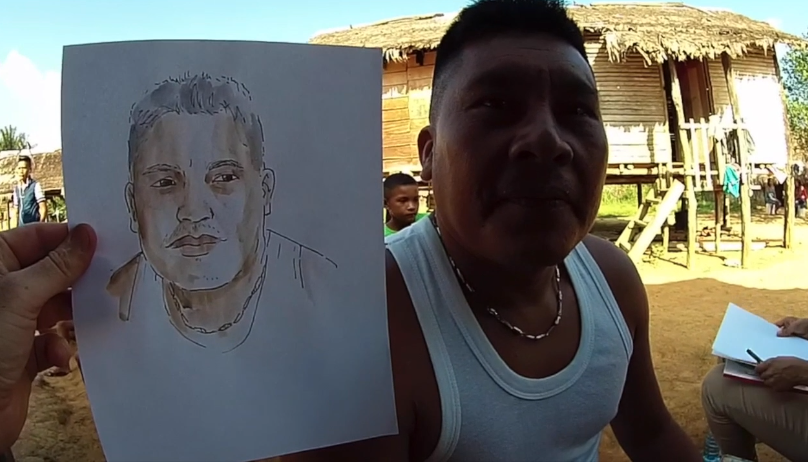
Writing an understandable scenario
The villagers were involved in every stage of the comic strip's production, from choosing the characters and costumes to storyboarding. The artists regularly showed them their work, to make sure that the pages were understandable and effective.
During a lengthy interview, a soldier explains that he became a soldier to learn how to use the "white man's weapons", to be able to protect his people if one day the white men come back to torment them. Indeed, the village's history is littered with drama. The trios and weiweis who make up the majority of the community have been regularly massacred and harassed, in Suriname and Brazil.
He also tells them that today, with his machine-gun, he feels powerless, because he can sense that his village is in decline, but the enemy is a new kind, and he can't repel threats with a firearm. It is this observation that gives them their starting point: a young boy who wants to become a great warrior comes across a jaguar in the forest one day. Instead of devouring him, the jaguar warns him of a great danger threatening the village. The young boy sets out to patrol the forest in vain. But he finds nothing, for the enemy is already within the walls...
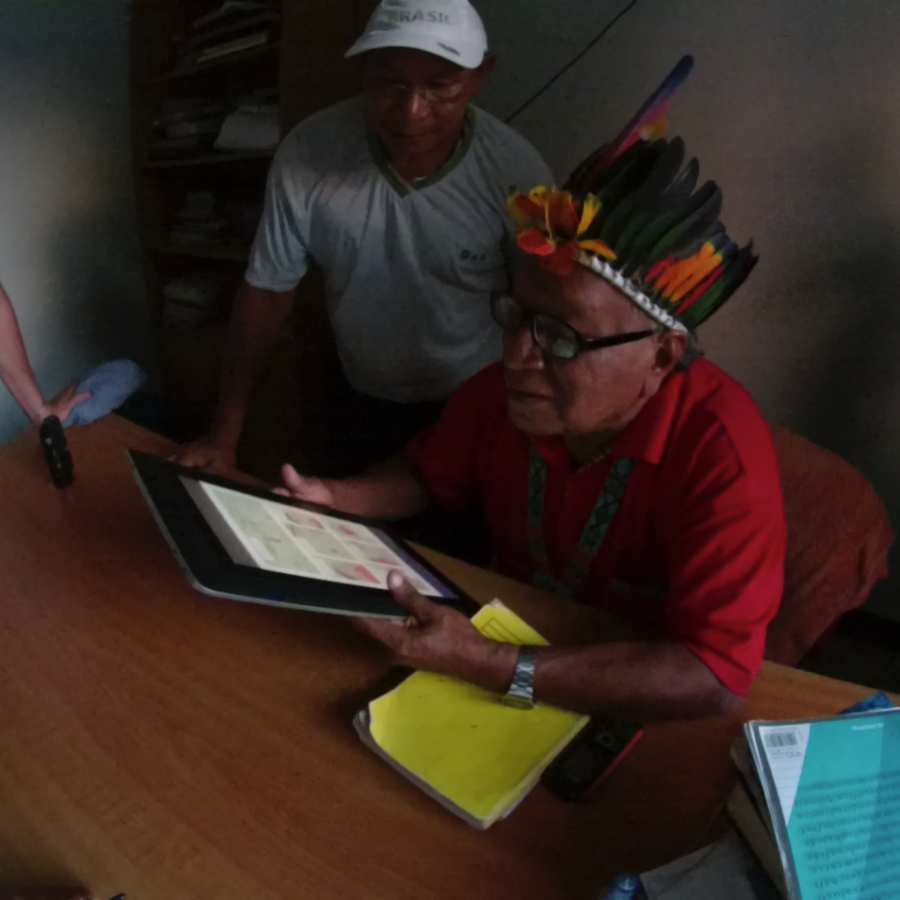
The original plan was for WHO to handle the translation, printing and distribution of the story, but following a problematic delay, another NGO, Amazon Conservation Team, took on this final phase of the project. The comic is available as a trio.


